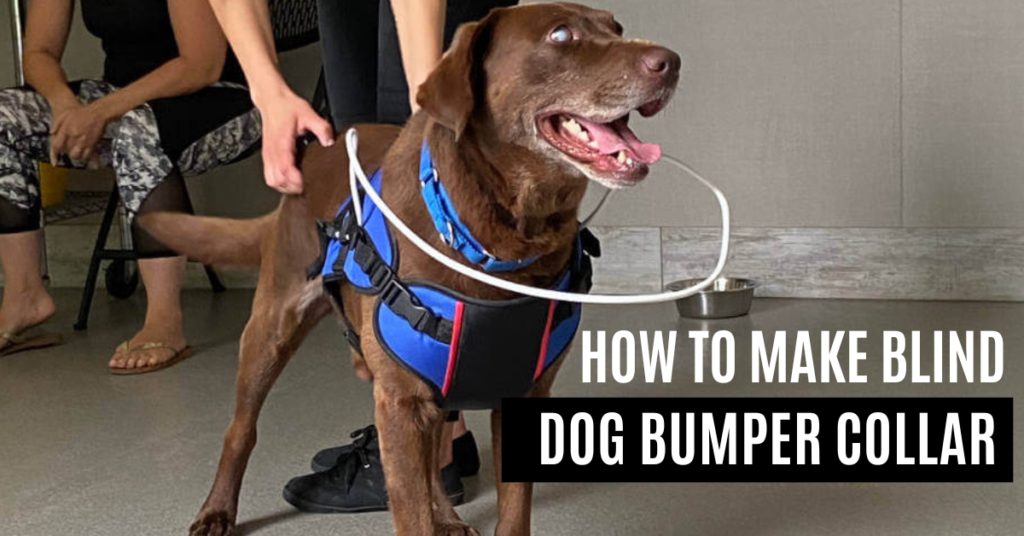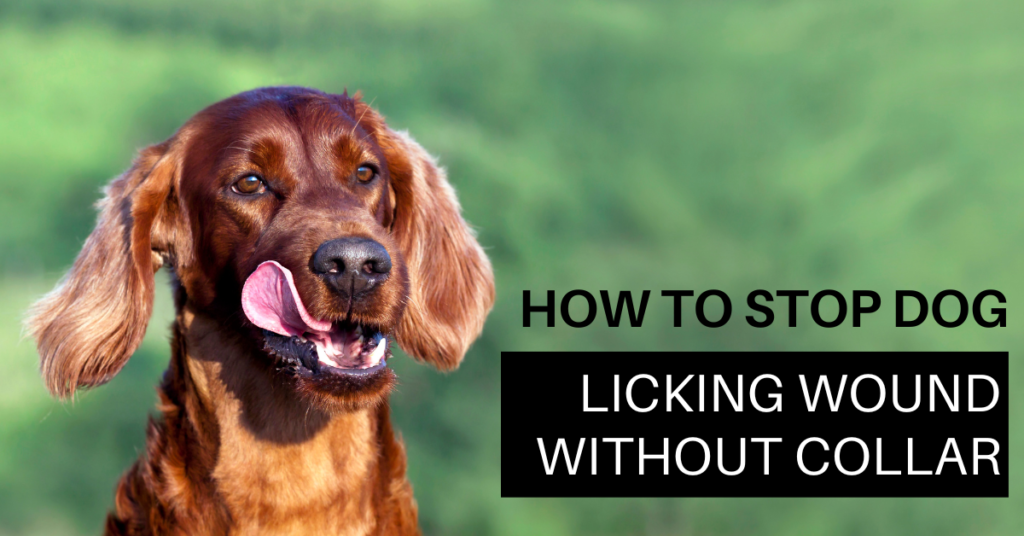Ah, the joyous sight of a dog eagerly wagging its tail, hopping into the car, and sticking its head out the window with sheer delight. Have you ever wondered why do dogs love car rides so much?
Dogs love car rides because they provide sensory stimulation, opportunities for bonding with their owners, positive associations with exciting destinations, and a sense of adventure and exploration.
Now, we’ll dive into the history of dogs in cars, explore some possible reasons behind their love for car rides, discuss how car rides can benefit our beloved pups, and provide some tips for making those drives as enjoyable as possible.
So buckle up and let’s hit the road!
The history of dogs in cars
The history of dogs in cars dates back to the early 1900s. In those days, cars were a luxury item and only a select few could afford them. However, people quickly realized that cars offered an exciting new way to explore the world around them – and they wanted their canine companions along for the ride.
- As cars became more accessible, people realized the fun and adventure they could have with their canine companions.
- Car manufacturers started designing vehicles with dogs in mind, offering special seats or compartments for their comfort.
- Dogs in cars became a common sight on road trips across America, often depicted in classic movies.
- Taking your dog for a car ride is a simple pleasure that allows for quality time and exploration.
- Dogs enjoy the fresh air, new places, and the company of their favorite humans during car rides.
- Practical reasons, such as park visits or vet appointments, also contribute to bringing dogs along on car rides.
But we like to think that most pups simply love hitting the open road with their favorite humans by their side.
Why do dogs love car ride – Reasons Behind
In this article, we will explore the captivating reasons behind dogs’ love for car rides, delving into both their instinctual and emotional connections to this exhilarating experience
1- Instincts and Exploration
Dogs’ love for car rides is rooted in their instinctual drive for exploration and pack behavior. Car rides provide an outlet for their roaming instincts, mimicking natural hunting and exploring behaviors.
They experience excitement and adventure, akin to discovering new territories. Moreover, car rides fulfill their pack instincts, fostering a sense of togetherness and belonging. Overall, car rides offer dogs a fulfilling and enriching experience that satisfies their inherent needs.
2- Bonding Time and Human-Canine Connection
Car rides strengthen the bond between dogs and their human companions through quality time, undivided attention, and shared experiences, creating cherished memories and reinforcing their special connection.
3.Sensory Stimulation
Dogs love car rides for the sensory stimulation they provide, including visual landscapes, road sounds, and enticing scents. This sensory experience keeps them engaged, excited, and mentally enriched throughout the journey.
4- The Thrill of Speed
Dogs love car rides for the thrill of speed, which activates their senses, creates a feeling of freedom, and satisfies their innate desire for movement. The rush of adrenaline and the sensation of wind against their fur add an exhilarating element to their lives, making car rides an exciting and eagerly anticipated adventure.
5- Escape from Boredom
Dogs love car rides as they provide a stimulating and adventurous break from boredom. The fresh environment and exploration satisfy their curiosity, while the movement of the car offers physical stimulation, keeping them engaged and active. Car rides are an invigorating escape that promotes overall well-being and brings joy to dogs.
6- Association with Positive Experiences
Dogs love car rides because they associate them with positive experiences and the excitement of their owners. They pick up on human emotions and sense the joy surrounding car rides, creating their own enthusiasm. The anticipation of new adventures and cherished memories of past enjoyable experiences contribute to dogs’ love for car rides.
7- Freedom and Liberation
Dogs love car rides for the freedom and adventure they offer. It’s a break from routine, allowing them to explore new sights, sounds, and smells. Car rides satisfy their curiosity and adventurous spirit, providing a refreshing change of scenery.
8- Why Do Dogs Like Car Windows
Dogs are attracted to car windows due to their heightened sense of smell and curiosity. The variety of scents and visual stimulation outside the car excite them. However, safety measures should be taken to control their access to windows during car rides. By understanding their instincts, we can ensure enjoyable and secure journeys for our dogs.
9- Why Do Dogs Pant and Shake When Riding in the Car
During car rides, dogs may pant to regulate body temperature and shake due to anxiety or motion sickness. Limited ventilation in the confined space can lead to panting, while unfamiliar sensations and stress can cause shaking. To create a calm environment, ensure proper ventilation, consider acclimation exercises, and consult a veterinarian for anxiety-reducing products.
How Car Rides Benefit Dogs
Benefits of Car Rides for Dogs:
1- Socialization
Car rides expose dogs to new sights, sounds, and smells, aiding in their socialization and getting them accustomed to different environments.
2- Calming Effect
Car rides provide a sense of security and comfort, particularly for anxious or nervous dogs, promoting relaxation and bonding with their owners.
3- Exercise Opportunity
Car rides offer the chance to explore new places like hiking trails or parks, encouraging physical activity and keeping dogs active, healthy, and energetic.
4- Bonding Time
Car rides provide an excellent opportunity for owners and dogs to bond, strengthening the relationship and creating shared experiences.
5- Fresh Air and Breaks
Long-distance car travel allows for frequent stops, enabling both owners and dogs to stretch their legs, enjoy fresh air, and prevent fatigue.
6- Stimulation and Enrichment
Car rides expose dogs to new stimuli, such as varied landscapes, sounds, and scents, offering mental stimulation and enriching their overall experience.
7- Adventure and Exploration
Dogs love the sense of adventure that car rides provide, allowing them to explore new areas and satisfy their natural curiosity.
By considering these benefits, you can make car rides a positive and enjoyable experience for your furry companion.
Tips For Car Rides With Dogs
Going on a car ride with your furry friend can be an exciting adventure, but it’s important to make sure both you and your pet are safe and comfortable during the journey. Here are some tips for making the most of car rides with dogs.
- Ensure that your dog is properly secured in the car. This means using a safety harness or crate to prevent them from moving around too much while you’re driving.
- Moreover, never leave your dog unattended in a parked car as temperatures can quickly become dangerous.
- Take frequent breaks to allow your pup to stretch their legs and relieve themselves if needed.
- Bring along water and snacks for them as well as any necessary medications they may require.
- It’s also important to keep distractions minimal while driving – avoid letting your dog sit in the front seat or stick its head out of the window, which could result in injury.
- Familiarize yourself with local laws regarding pets in cars before embarking on any long trips.
By following these simple tips, you can ensure that both you and your furry friend enjoy safe and stress-free road trips together!
Case study: My Dog Loves Car Rides
When it comes to car rides, my dog is an absolute enthusiast. It doesn’t matter if we’re driving across town or embarking on a lengthy road trip he’s always ready and raring to go.
The minute I start getting ready for a drive, his tail starts wagging with excitement. He’ll jump up onto the seat and stick his head out the window, taking in all the sights and smells of the passing scenery.
One thing I’ve noticed about my pup during car rides is that he seems to be more relaxed than usual. Even when there’s traffic or other stressful factors at play, he remains calm and content in the passenger seat.
I think part of this has to do with the fact that being in a moving vehicle creates a sense of security for him. Similar to how some dogs feel safer inside their crates or under blankets, being enclosed within a car provides him with comfort and reassurance.
Whatever it is that makes my dog love car rides so much, I’m grateful for it. Seeing him enjoying himself so thoroughly brings me joy as well – plus, it means we get to spend even more time together exploring new places!
Conclusion
In conclusion, dogs absolutely adore car rides! It’s a chance for them to join their favorite humans on exciting adventures and create lasting memories together. Whether it’s the wind in their fur, the thrill of exploring new places, or simply the joy of being by your side, car rides provide dogs with a sense of freedom, happiness, and togetherness.
So, the next time you buckle up and hit the road, remember to bring your furry friend along for the ride and witness their contagious excitement and wagging tails. Happy travels!
FAQs
Are car rides stressful for dogs?
Car rides can be stressful for some dogs, but it varies depending on the individual dog and their experiences.
Do dogs like sitting in the car?
Many dogs enjoy sitting in the car and going for rides, but preferences can vary among individual dogs.
Are dogs uncomfortable in cars?
Some dogs may feel uncomfortable in cars, while others may feel perfectly at ease. It depends on the individual dog and their specific experiences and preferences.
Do car rides make dogs sick?
Car rides can sometimes make dogs sick, resulting in motion sickness or travel anxiety. However, not all dogs experience this, and there are ways to help prevent or alleviate their discomfort.
What are the signs of anxiety in dogs?
The signs of anxiety in dogs can include restlessness, pacing, excessive panting, trembling, excessive barking or whining, destructive behavior, hiding, decreased appetite, and aggressive behavior.



